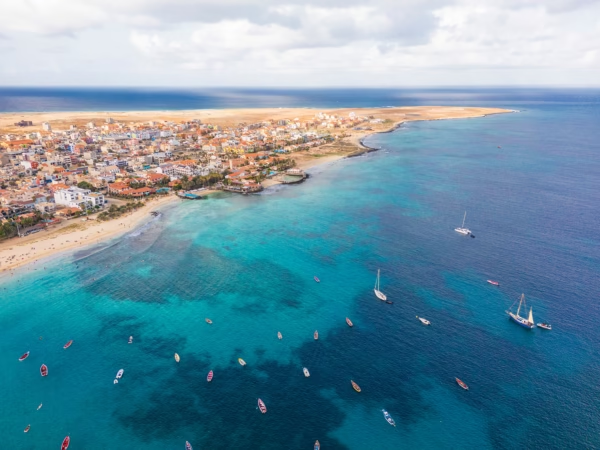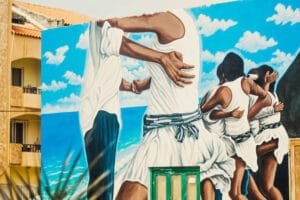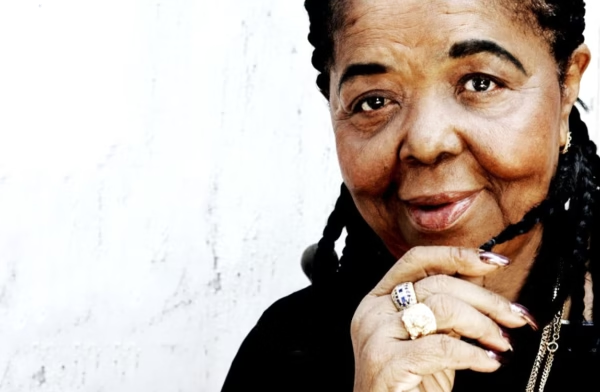Church of Nossa Senhora das Dores in Santa Maria
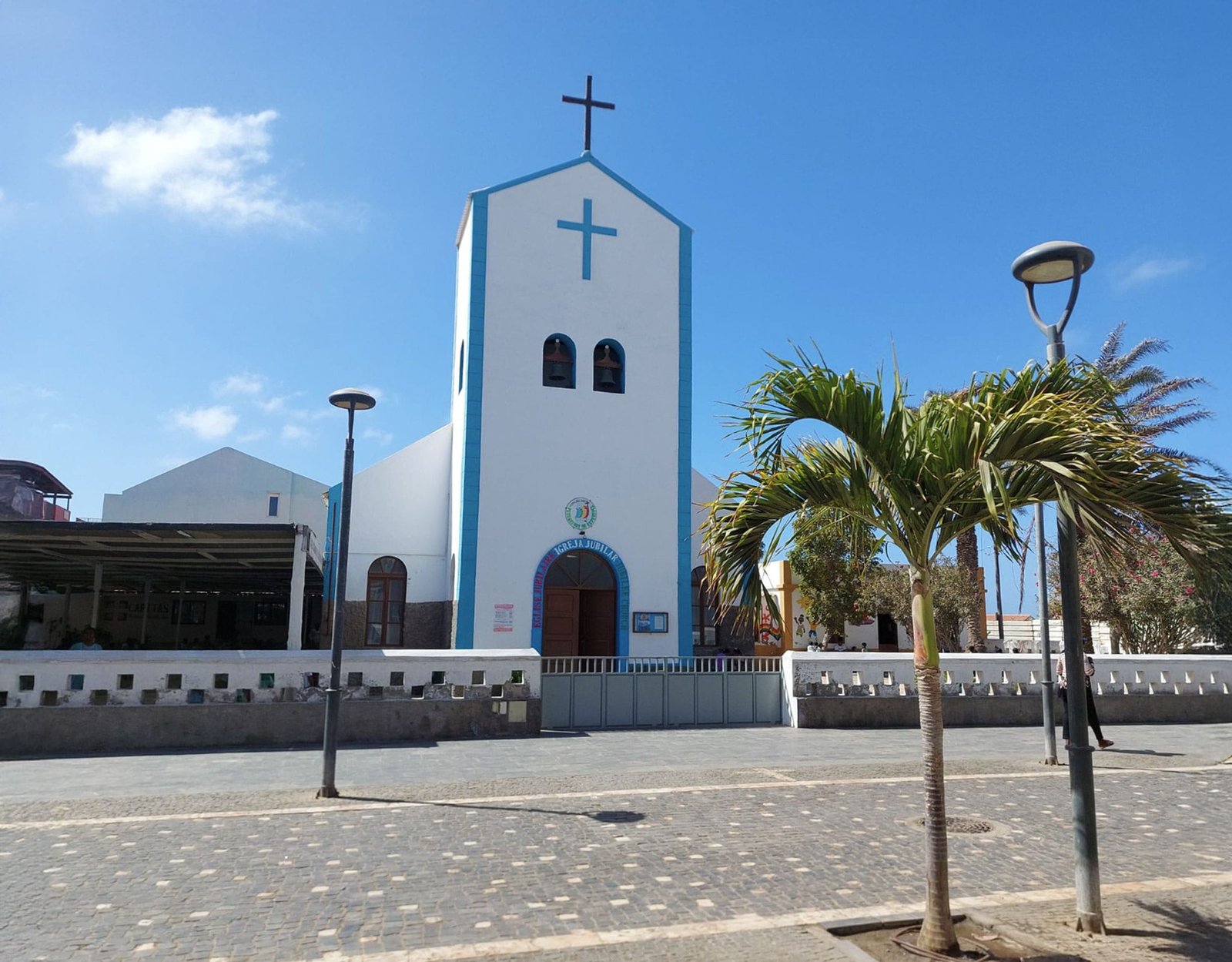
A modest church at the heart of island life
In the centre of Santa Maria, just a few paces inland from the ocean and the hum of Rua 1º de Junho, stands a small whitewashed church with blue-green trim and a bell tower that catches the morning sun. This is the Church of Nossa Senhora das Dores – Our Lady of Sorrows – the town’s Catholic parish and one of its quiet, enduring landmarks.
While it may not rival the grandeur of cathedrals found elsewhere in the Lusophone world, this unassuming building carries the soul of the community. Painted in tones that echo the colours of the sea and sky, the church blends easily into the townscape. Yet for those who pause long enough to look – or better still, step inside – it offers a glimpse into the daily rhythm and spiritual heart of Santa Maria.
Address: R. 1 de Junho 380, Santa Maria, Cape Verde
A church for the town, not the tourists
Nossa Senhora das Dores isn’t a showpiece for visitors. It was not designed to be one. Established as a parish in 1937, it has always been a place for the locals – fishermen, families, seasonal workers, and schoolchildren. Here, baptisms, weddings, and funerals are quietly observed, and Sunday Mass draws a regular congregation, with songs in Creole rising from the nave. On certain feast days, the pews overflow.
Inside, the church is simple – a few rows of benches, a small altar, and statues of saints watching over the space. Among them are Saint Joseph, Saint António, and most notably, Saint John the Baptist, whose image plays a central role in the June festivals. That celebration – part religious observance, part town gathering – sees processions, music, and dancing spill into the surrounding streets.
The church’s namesake, Our Lady of Sorrows, is honoured with a statue that stands just above the altar, framed by flowers and flickering candles. It’s here that people come to sit in silence, light a taper, or offer a private prayer – locals and travellers alike.
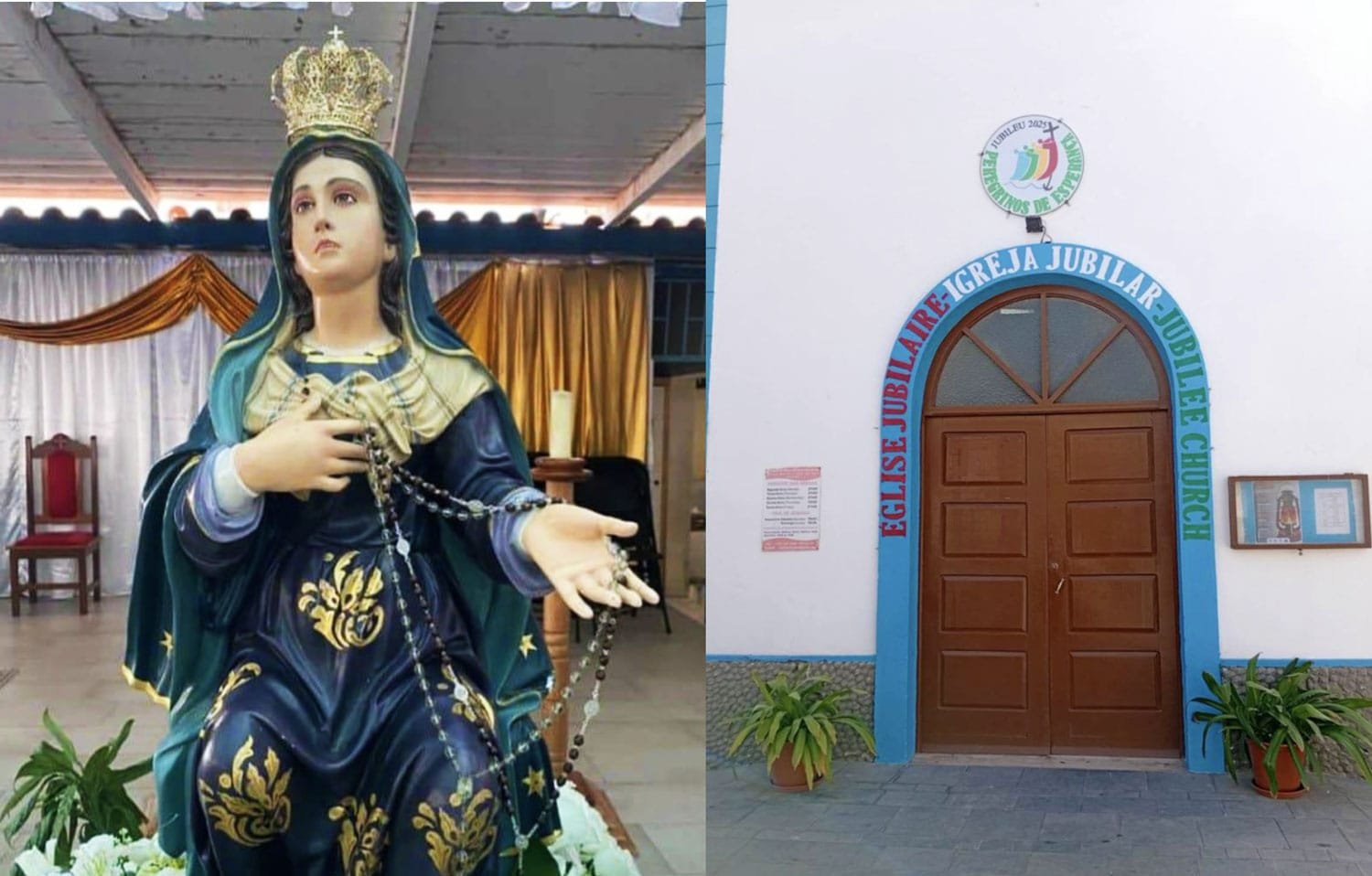
Church architecture and atmosphere
The building itself is modest – a low rectangular structure with arched windows and a simple bell tower topped by a cross. Yet the restraint is elegant. The colours – soft blue against white – feel deliberate, chosen to reflect both Cape Verde’s maritime identity and the church’s role as a place of calm.
There are no elaborate carvings or gilded icons. The floor is plain, the ceiling open-beamed. Light filters through the windows gently, casting shadows during afternoon services. The lack of ornamentation gives the space a kind of openness – an invitation to sit and breathe.
Outside, the church opens onto a wide pedestrian square. Children play here in the afternoons; older men lean against the walls and talk in Creole. The square leads down toward the pier and beach. The scent of the sea drifts in.
Much more than just a building
The church is not only a place of worship. It is part of Santa Maria’s cultural fabric. It has been declared a sanctuary for Jubilee Years by the Catholic Church, including the Extraordinary Jubilee of Mercy in 2016 and the upcoming Holy Year of 2025, thereby gaining national religious significance. But even without those designations, it holds weight.
Clergy, such as Fr. Benvindo Rodrigues and Fr. Adriano Baptista, who currently lead the parish, are familiar faces in the community. Services are held throughout the week, with Sunday Mass typically at 11:30. Visitors are welcome, and while dress is informal, modest attire is appreciated during services.
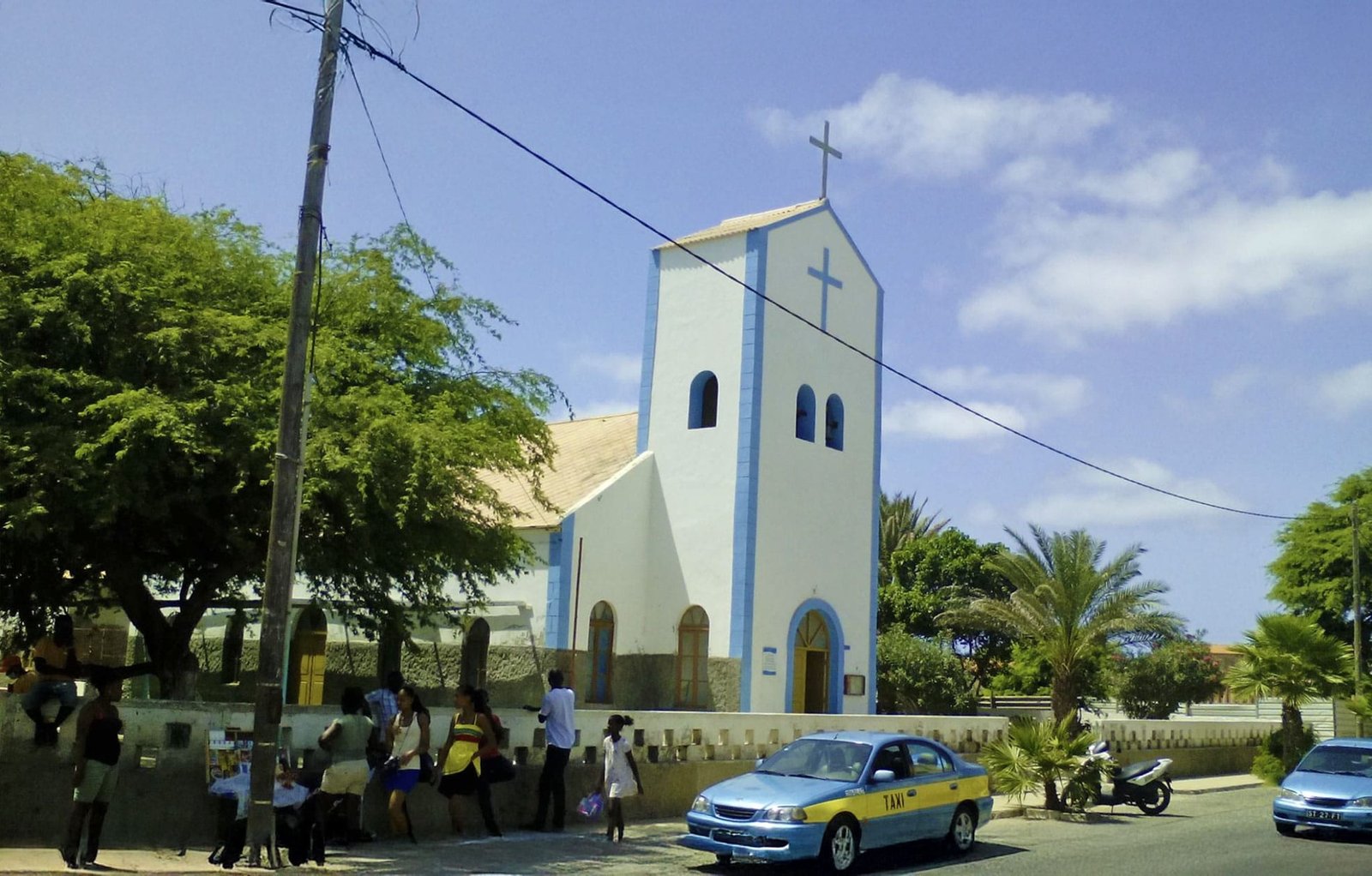
When to visit the church
If you happen to be in Santa Maria on a Sunday morning, it’s worth attending Mass, not out of obligation, but to listen. The music, often accompanied by drum or guitar, weaves traditional island rhythms into the liturgy. The congregation sings in Creole. Children shuffle in and out. It’s a window into local life.
At other times, the church is often open for quiet visits. In the midday heat, its cool interior provides a brief refuge from the sun. There are no entry fees, no guides. Just walk in.
And suppose your travels coincide with the festivities of São João (Saint John the Baptist) in June. In that case, you may witness the church at its most vibrant – adorned with flowers, and its saint’s image carried through town, accompanied by music and celebration. It’s one of the moments when faith and festivity merge in Santa Maria.
In closing
The Church of Nossa Senhora das Dores may not appear in bold on most travel maps. But for Santa Maria, it is a constant, understated, enduring, and always open. Like much of the town itself, it offers something human and straightforward: a sense of place, a quiet welcome, and a connection to those who came before.
Bibliography / Sources
- Paróquia de Nossa Senhora das Dores – Ilha do Sal on Facebook;
- Ilha do Sal Official Tourism Portal, “Igreja de Nossa Senhora das Dores”;
- Paróquias de Cabo Verde “Paróquia Nossa Senhora das Dores – Sal“;
- Caboverde-info.com “Igreja Paroquial Nossa Senhora das Dores – Santa Maria”.




